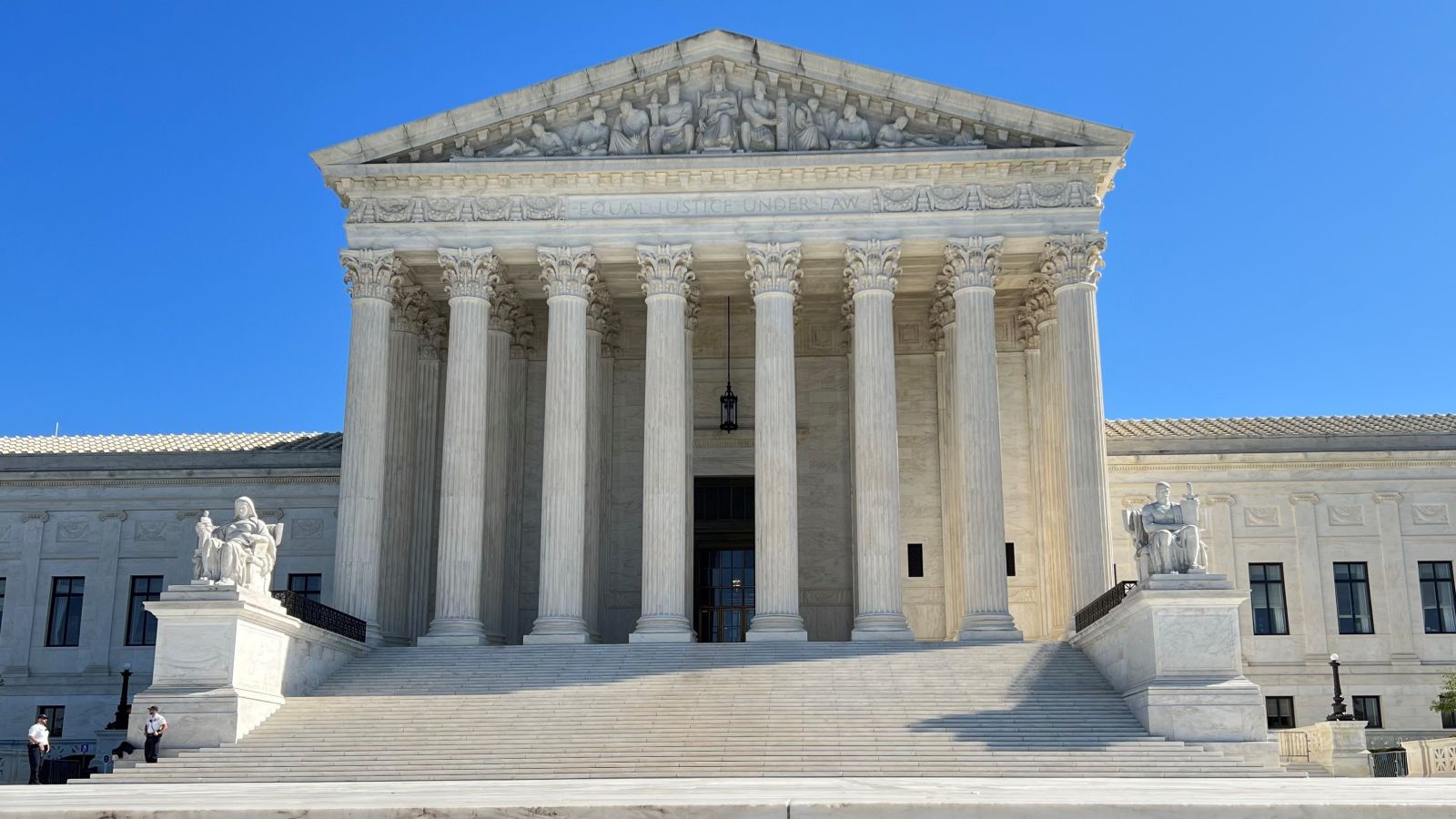test-blog
Supreme Court overturns Chevron deference, reduces federal agencies’ authority
by Ben Parker
GFB National Affairs Coordinator
Posted on September 9, 2024 3:12 AM
The U.S. Supreme Court’s June decision in Loper Bright Enterprises v. Raimondo has dramatically reduced federal regulatory power by overturning the 40-year-old precedent of “Chevron deference.” This monumental ruling returns the responsibility of interpreting ambiguous laws from federal agencies back to judges, reigning in agencies’ regulatory overreach. This change is poised to have substantial impacts, particularly for agriculture.
The decision has far-reaching implications for public health, safety, and environmental statutes. Agencies like the Environmental Protection Agency (EPA) and the Food and Drug Administration (FDA) will now face heightened challenges in enforcing their regulations.
Chevron deference, established in the 1984 Chevron U.S.A. v. Natural Resources Defense Council case, allowed agencies to interpret ambiguous statutes based on their expertise, provided their interpretation was reasonable. Chevron deference maintained that agencies, operating under presidential supervision, were better suited to make policy decisions than judges. The overturning of Chevron deference marks a significant shift of authority in administrative law.
The Loper Bright Enterprises case involved a challenge to the National Marine Fisheries Service (NMFS), which required fishing companies to bear the cost of government-appointed inspectors to enforce catch limits. Lower courts upheld NMFS's authority under Chevron deference, but the Supreme Court's ruling now removes this deference, allowing judges to make such policy decisions.
This shift is expected to result in increased legal and administrative hurdles as judges across the federal court system will now wield greater influence over regulatory interpretations. Critics argue this will create inconsistency and uncertainty in enforcing laws.
Justice Elena Kagan, in her passionate dissent, warned the ruling grants judges excessive control over regulatory matters traditionally managed by expert agencies. Agencies like the EPA, staffed with “experts” in environmental science, may now find their regulatory decisions subject to judicial overrule, hindering their efforts to issue sweeping rules.
For agriculture, this ruling could be transformative. By limiting the power of federal agencies, the decision could reduce bureaucratic barriers that farmers and agricultural businesses face. Regulations surrounding food and drug safety, and environmental and animal welfare standards will now be harder to implement and enforce.
This could lead to a reduction in compliance costs and legal battles for agricultural entities. Trade groups like the National Cattlemen’s Beef Association (NCBA) and the American Farm Bureau Federation (AFBF) have expressed support, seeing this as a win against regulatory overreach.
The Supreme Court's decision to end Chevron deference is a game changer. It places greater interpretive power in the hands of judges, potentially streamlining the regulatory landscape for agriculture and reducing the burden of compliance. This ruling marks a new era of regulatory and judicial interaction, with profound implications for the agricultural sector and beyond.
Ben Parker is the national affairs coordinator in the GFB Public Policy Department. He may be reached at btparker@gfb.org or 478.474.0679, ext. 5217 .
